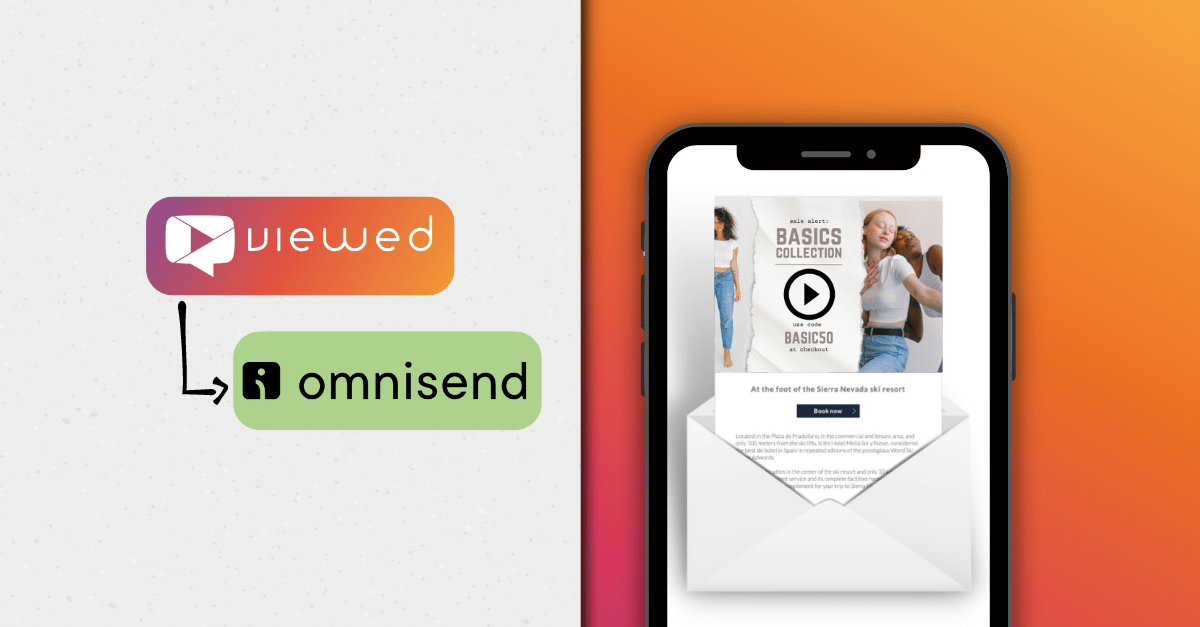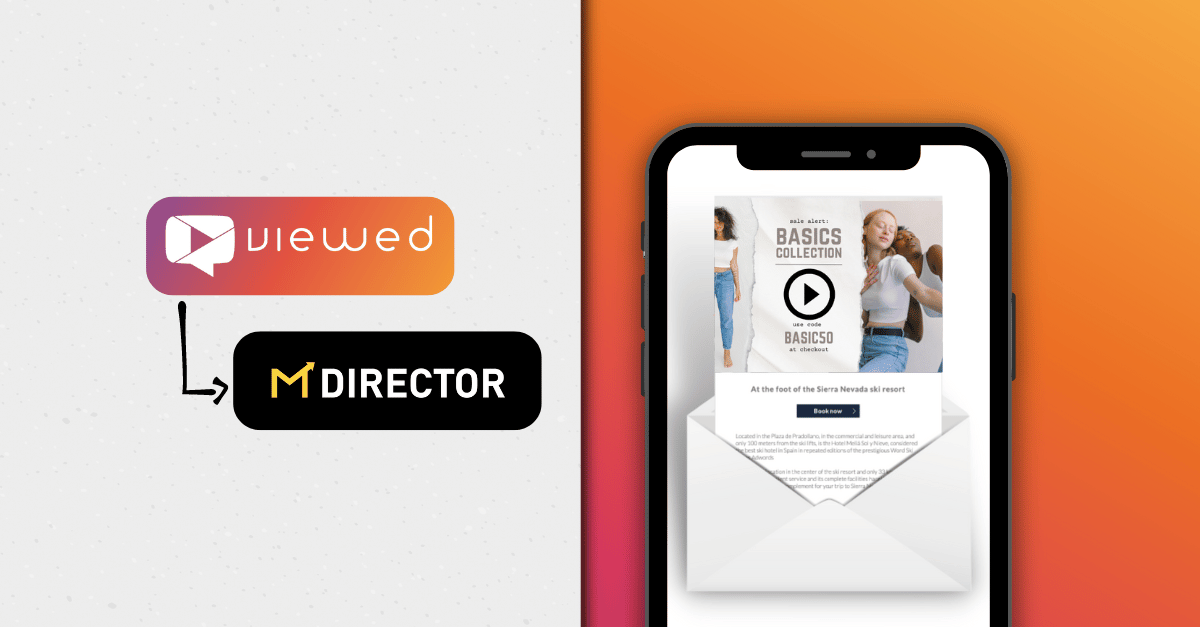Sending a video to your audience via email could be a great way to improve engagement, attract conversions, and increase brand visibility. But there’s a problem with this: emailing a video is a challenge. Or at least, it used to be.
What are the best ways to email a video to your audience? And why is this so important?
The Value of Video
Video has become more powerful, more important, and easier to create – so it’s no surprise that 86 percent of companies are now using video marketing in some capacity. There are many ways to utilize video on behalf of your brand, such as by filming demonstrations, creating tutorials, educating your audience, or even entertaining your followers.
Whatever your motivation is, video is arguably the best and most powerful content medium available today. Its visual and aural nature means it’s capable of engaging your audience in many different ways – and you’ll have almost limitless creative flexibility in how you create a video.
Old and Inefficient Ways to Send a Video via Email
Video transmission has historically been a challenge, especially if your main transmission line is email. Video files tend to be large, cumbersome, and inconvenient. But people still relied on the following methods to send videos to their clients, customers, and followers via email:
- Attaching a video. The most obvious way to send a video is to attach it like you would attach a document, photo, or other file. Most email platforms make it easy to attach files, but there are a couple of problems with this. For starters, most email platforms have an upper limit for the size of your attachment; if your video is too long or too large of a file, it may be impossible to attach. Even if you can attach it, there's no guarantee your recipients will be able to receive it, since their institutions may block file attachments above a certain size. Even if you do successfully send and they do successfully receive, downloading and managing the file can be a hassle.
- Sending a link to a video hosting platform. A better solution is sending a link to a video hosting platform. Including a link to YouTube or another video platform can redirect your email recipients to another site, where they can view the video more conveniently. But this can also be a problem, since there's no guarantee your recipients will actually click the link – and they won't get a preview of the video.
- Sending a link to a cloud storage platform. If you have your video uploaded to a cloud storage platform, you can send your users a link to download it. This is advantageous over attaching the video to the email directly, but it suffers from some of the same problems as sending a link to a video hosting platform.
- Embedding a YouTube video (or similar). You also have the possibility of directly embedding a YouTube video, or video from a similar platform. With this method, the video can play within the body of the email, but users will still need to click a button to make it start playing. There's no guarantee they'll be engaged enough to do this.
Today, these methods are practically obsolete. While it's still practically feasible to practice some of these methods, they tend to be slow, inconvenient, and ineffective.
The Modern Way to Email a Video
How do you send a video via email in the modern era?
The best option is to embed your videos into the emails you send so that they play automatically when the recipient opens the message. It's a relatively easy process if you're using the right tool, and your videos will be more readily available and more impactful as a result.
There are several advantages to this approach, including:
- Immediate viewing. When your users open the email for the first time, the video will automatically begin playing. This makes your video immediately impactful, increasing its effectiveness and catering to users with even the smallest attention spans.
- No need to click. Offering a link is certainly more convenient than attaching a video file, but most users will still be reluctant to click it. There's no need to click anything if your video plays automatically whenever users open your message.
- No reliance on links or external sources. Once you're set up with an embedded video in your email, you won't be reliant on external sources anymore. You won't have to link to YouTube, your cloud storage platform, or anything else.
- Incorporation into your email design. Directly embedded email videos are also friendly to your overall email design. You can place the videos wherever you want and build the design of the rest of your email around them.
- Professionalism. This approach lends itself to a very professional image. You'll appear more competent and more up to date by following this method.
- Competitive differentiation. Embedded videos aren't especially common, so this is also a way to competitively differentiate your brand.
So how do you do it?
For starters, you need a tool like Viewed. Viewed reduces this process down to three very basic steps:
- Upload your video. First, you need to upload your video. If you already have the video ready to go, all you have to do is click a button and wait for the video to finish uploading.
- Generate and copy the code. Once the video is fully uploaded, you'll be given a snippet of code that can be used to embed your video directly into the body of your email. Copy this code so it's available on your clipboard.
- Paste the code into your email. With the code in hand, paste the code into the HTML of your email template. That's it!


.webp)

